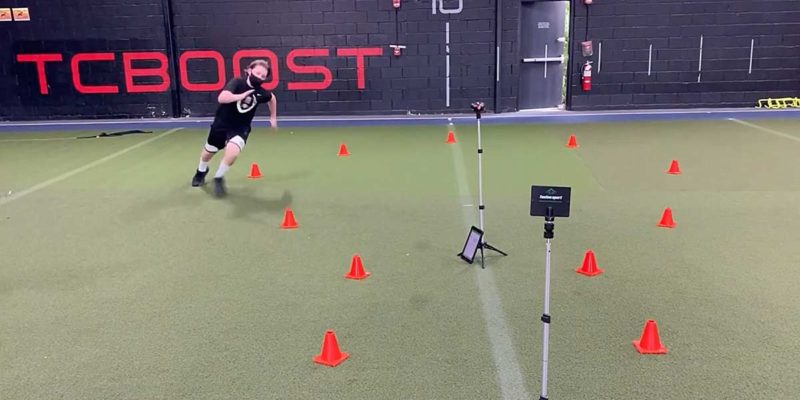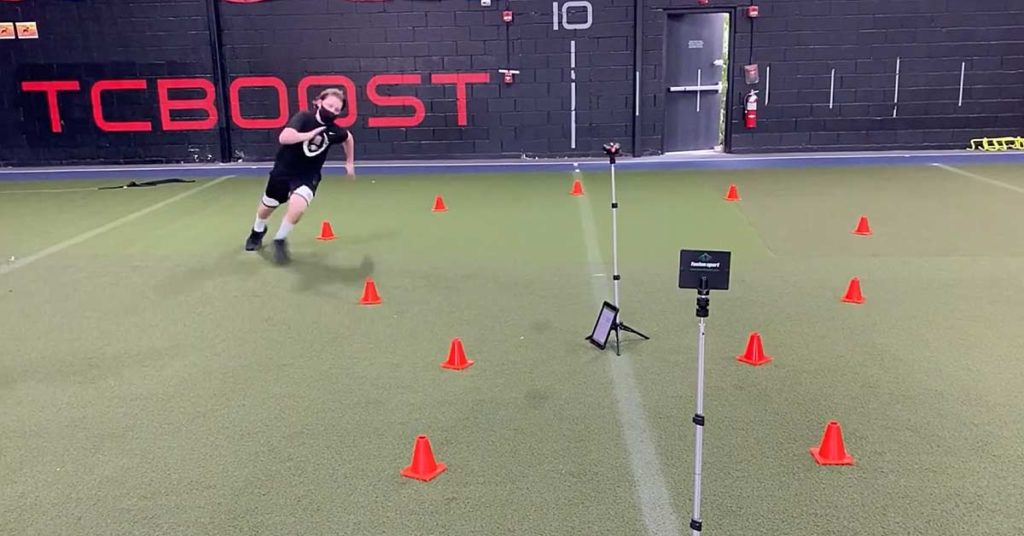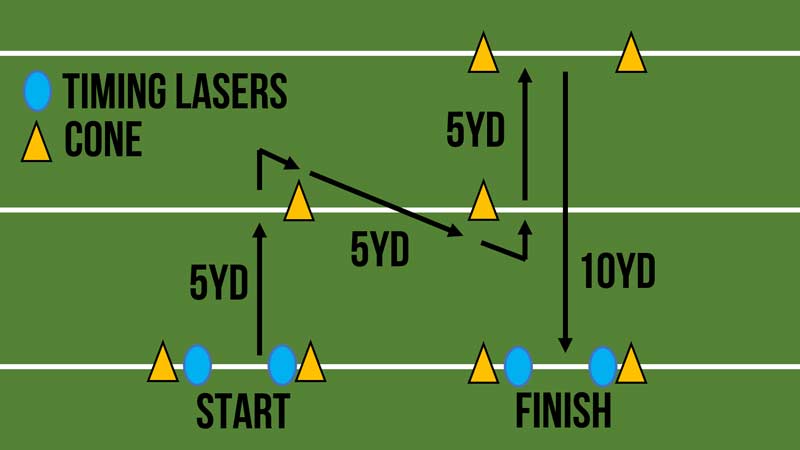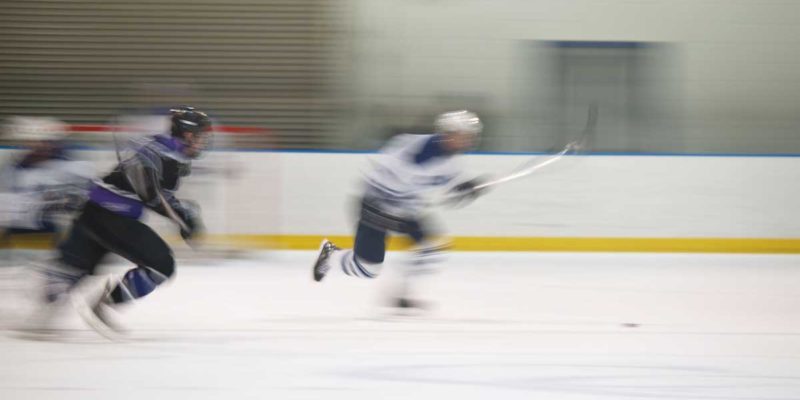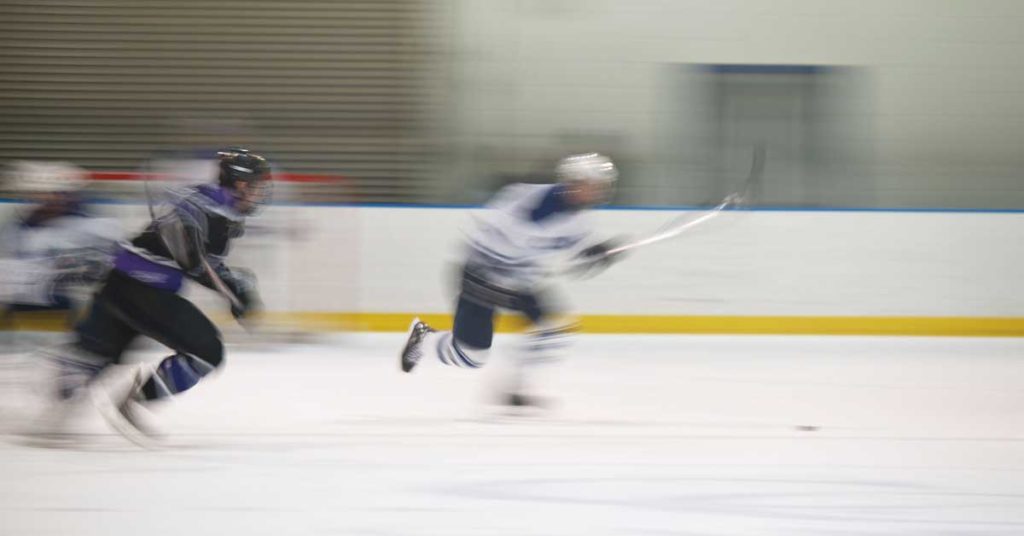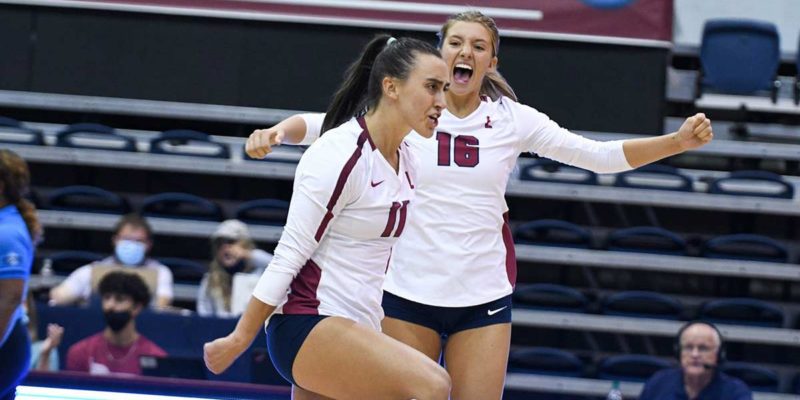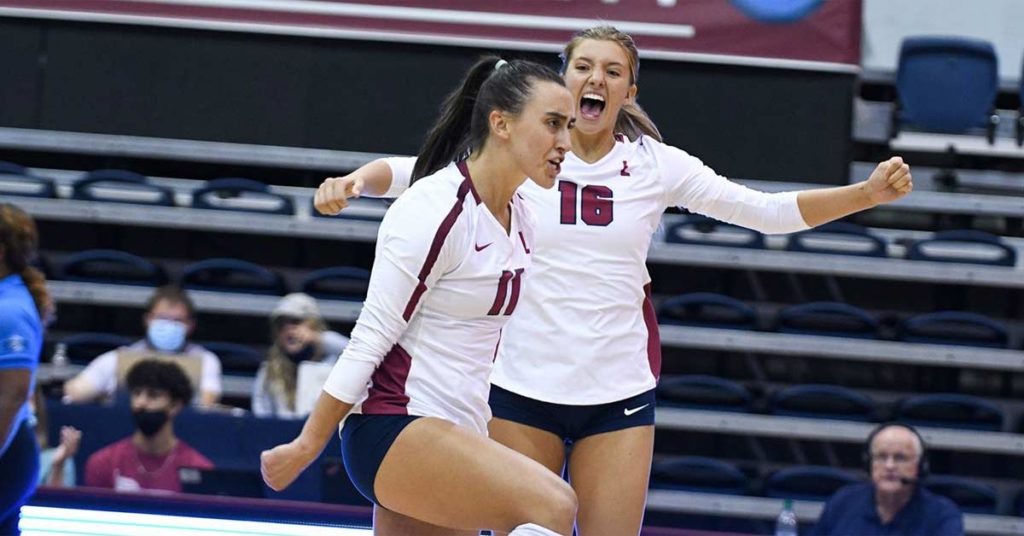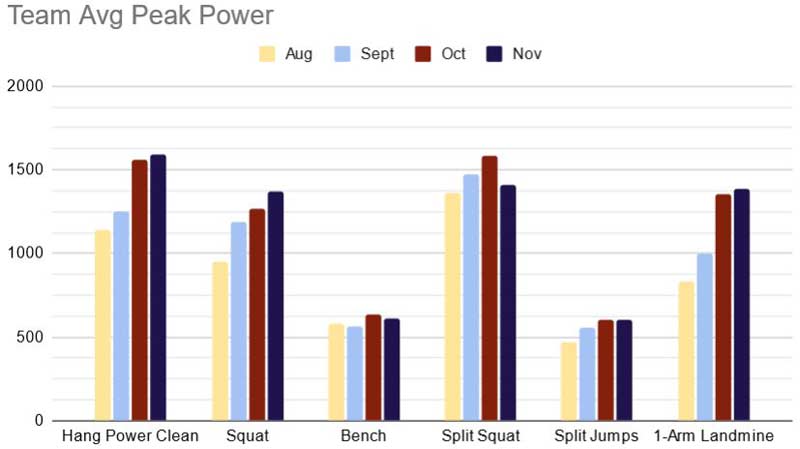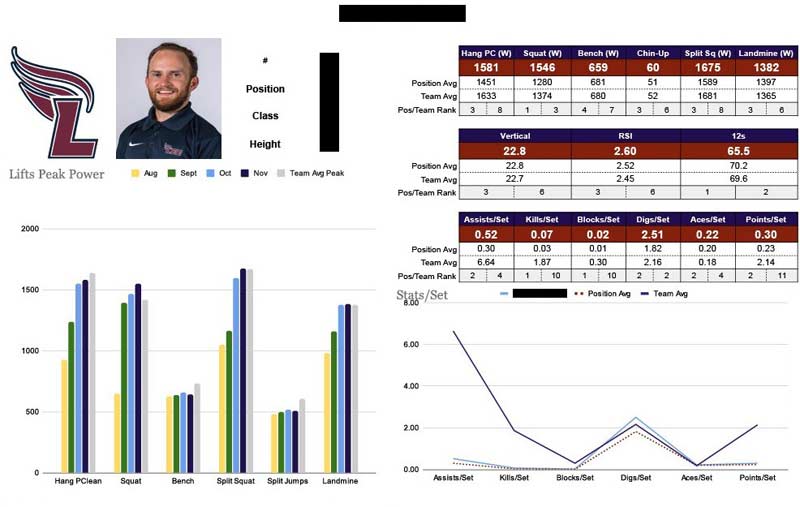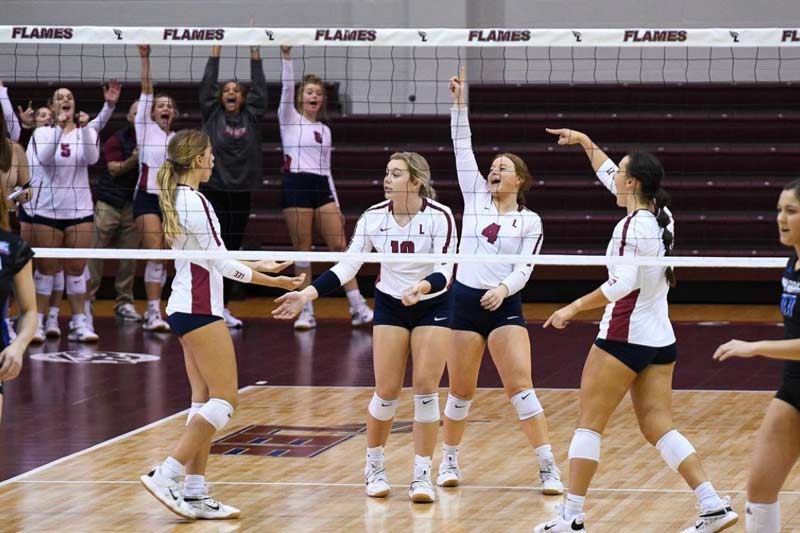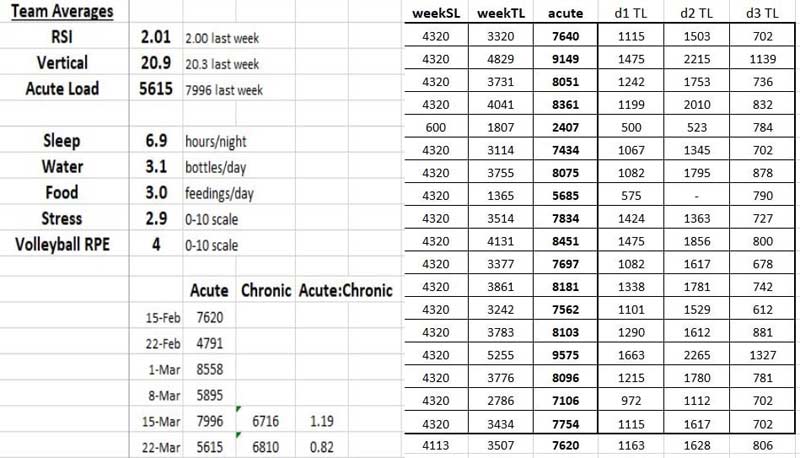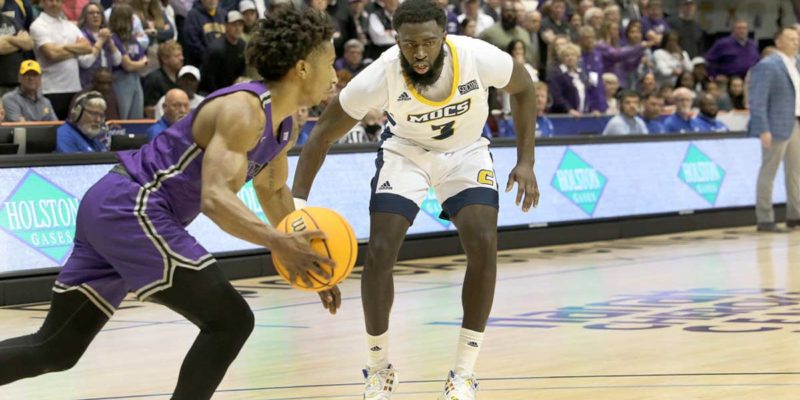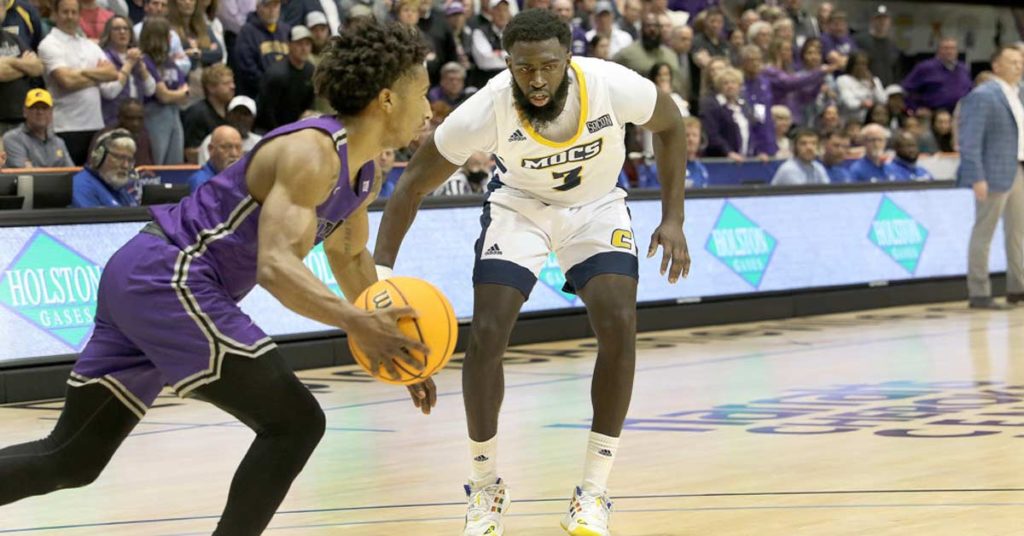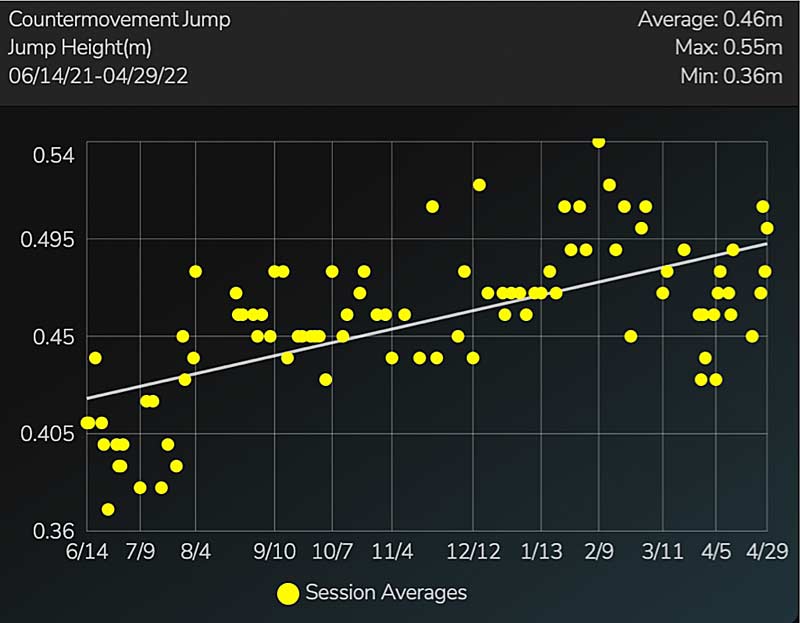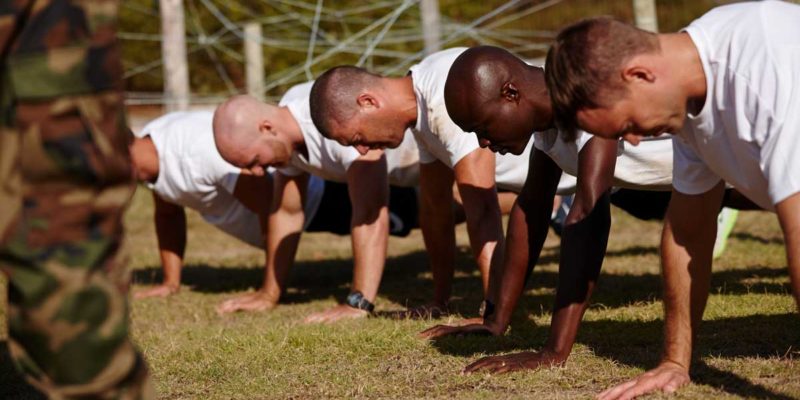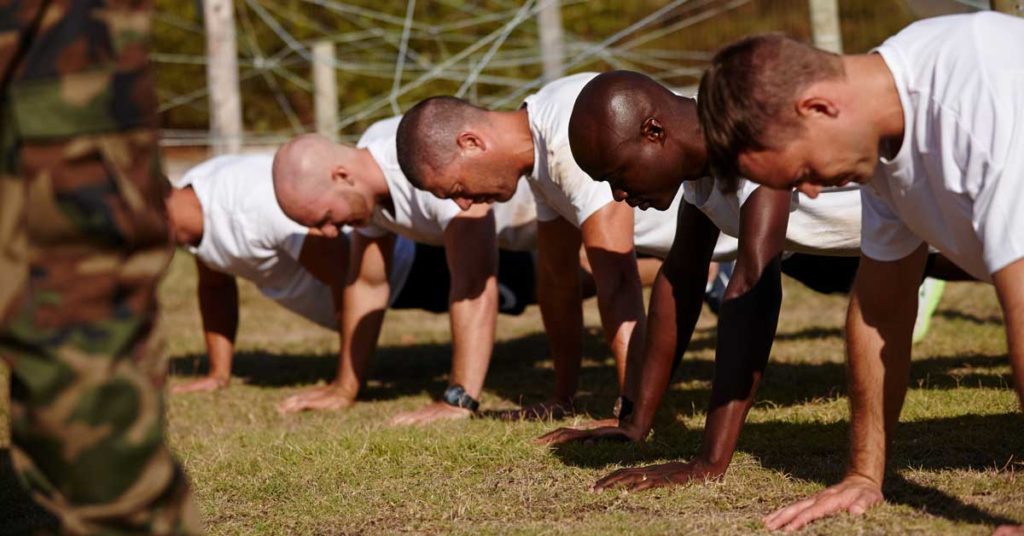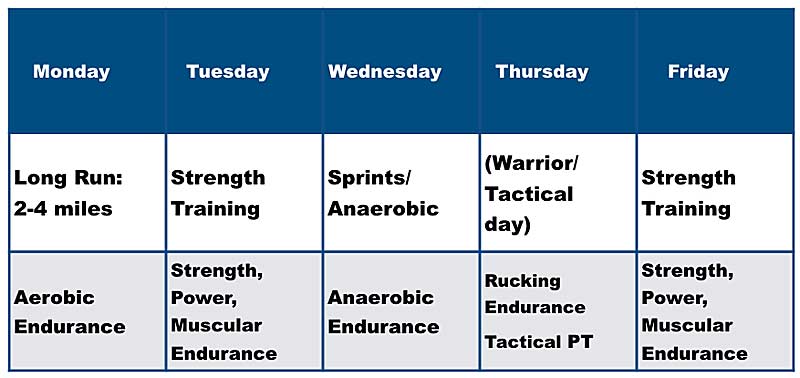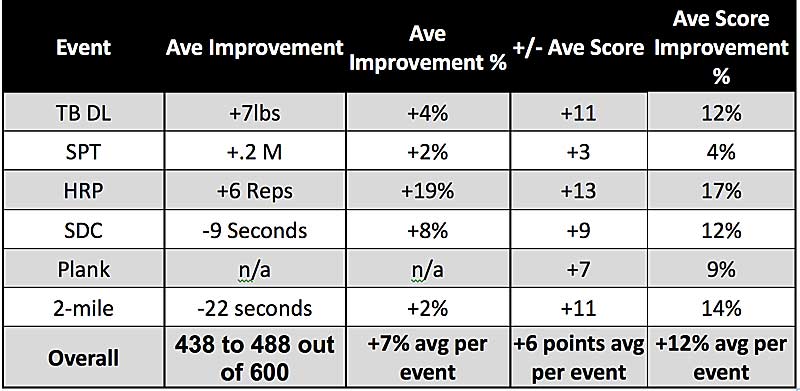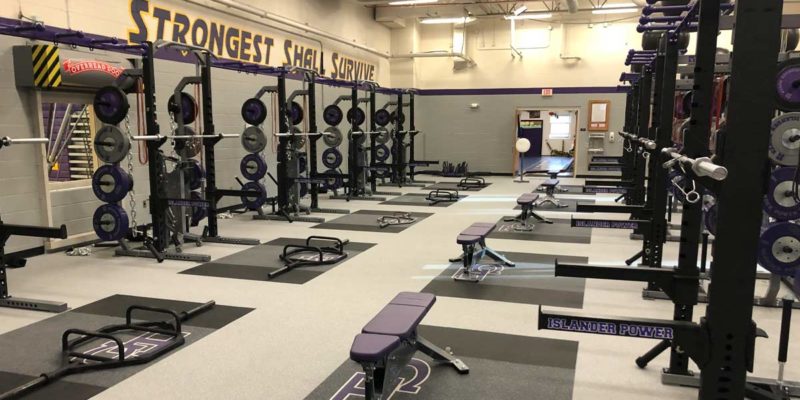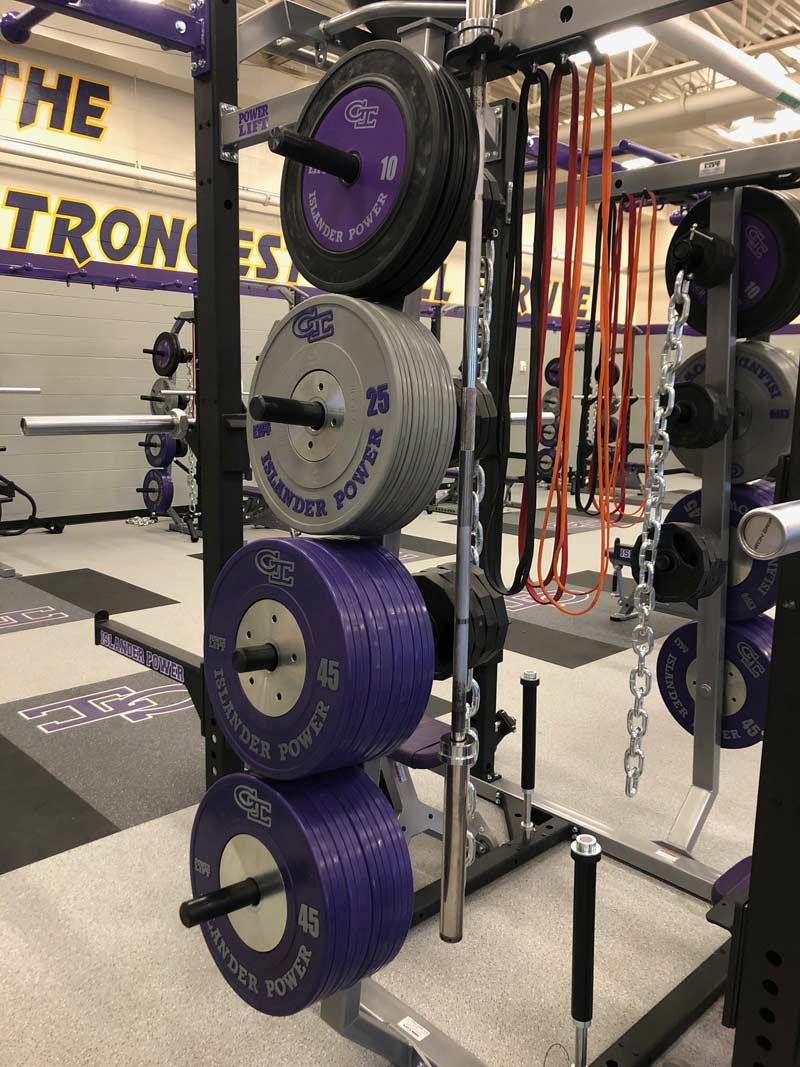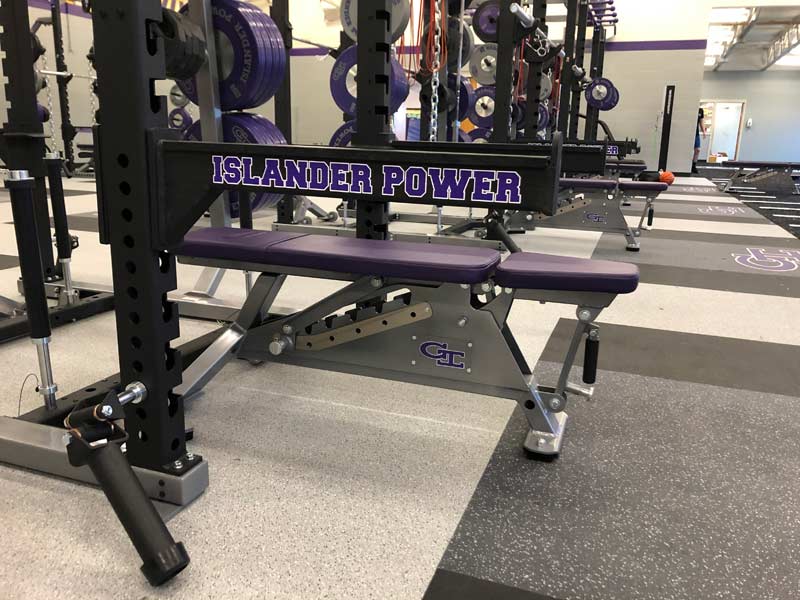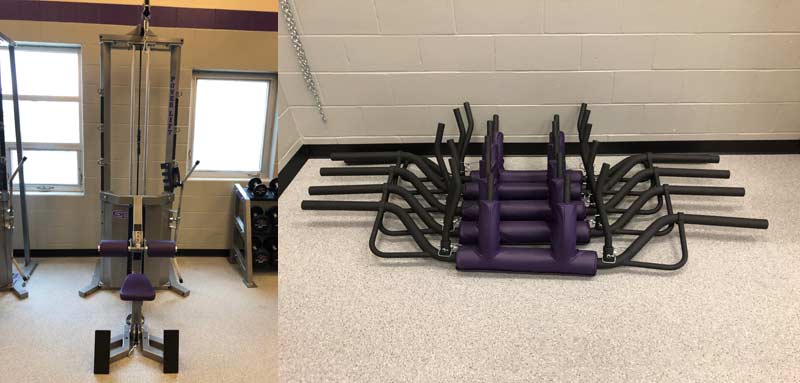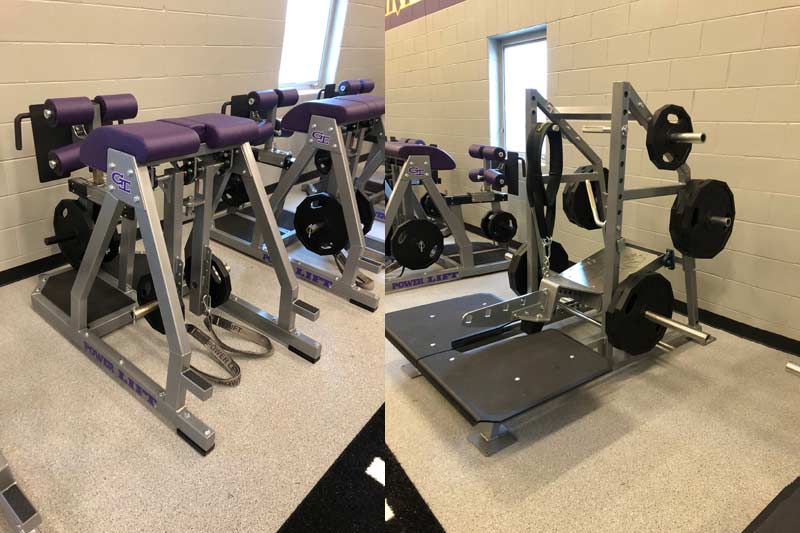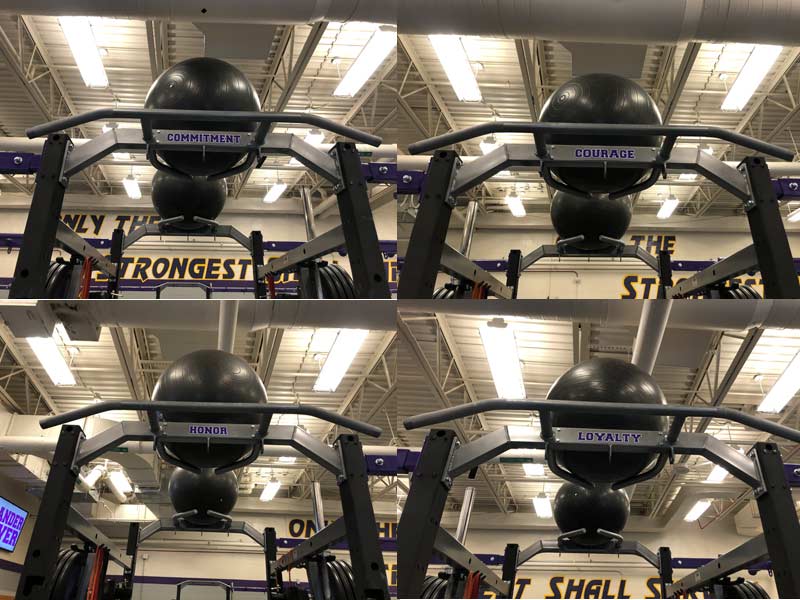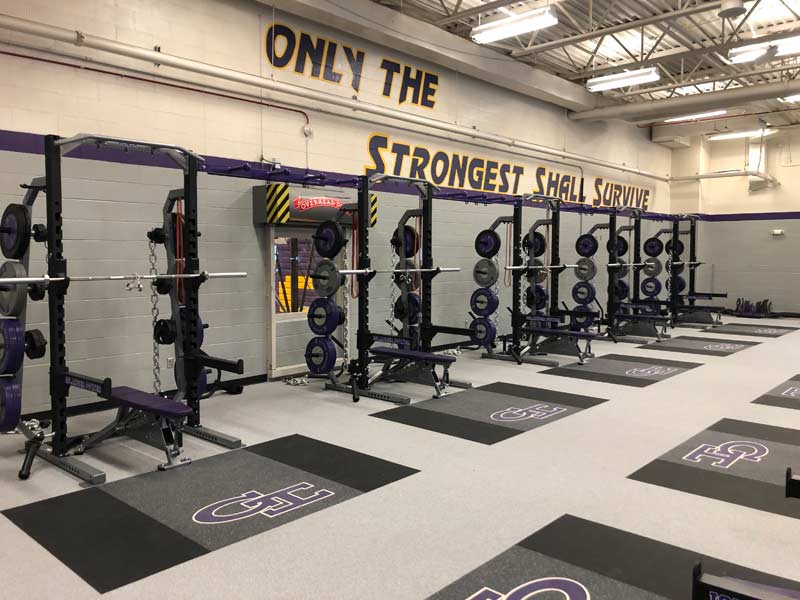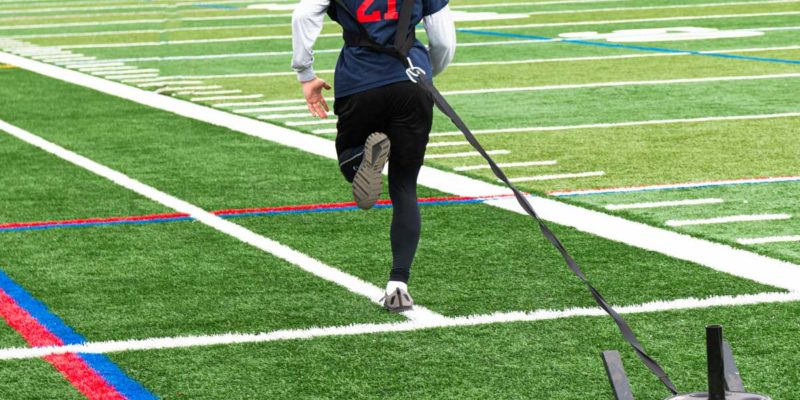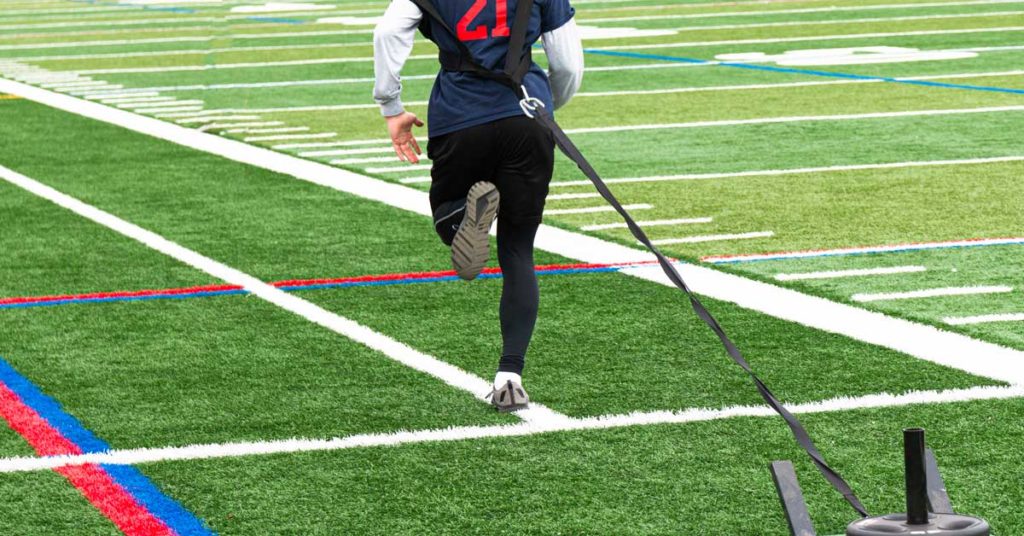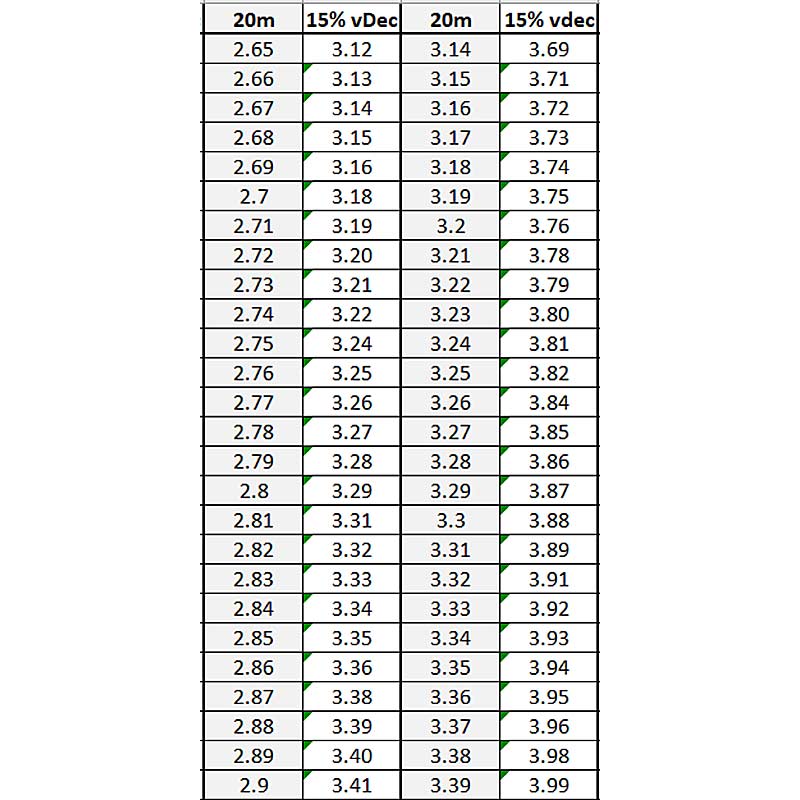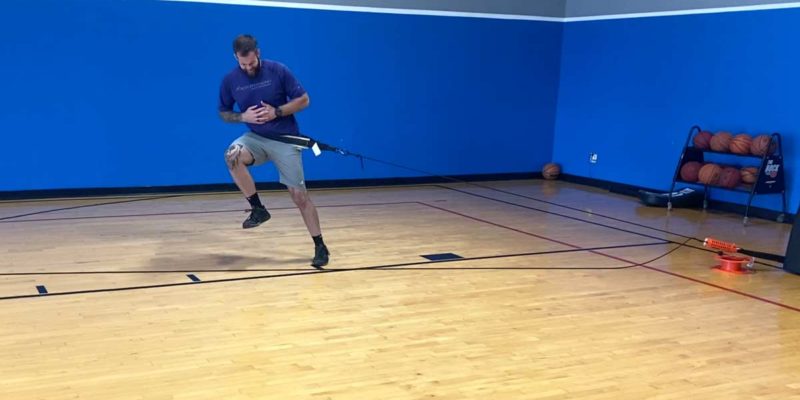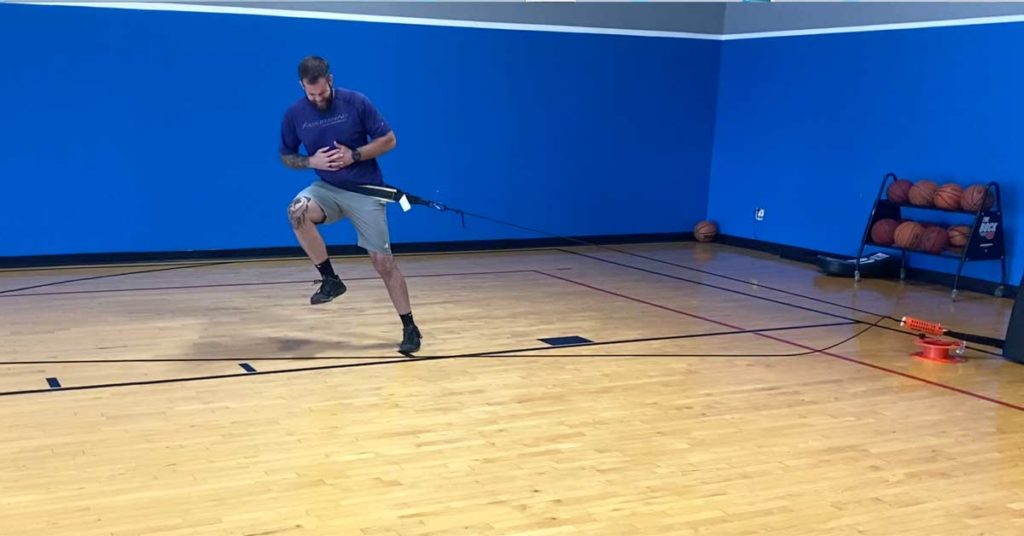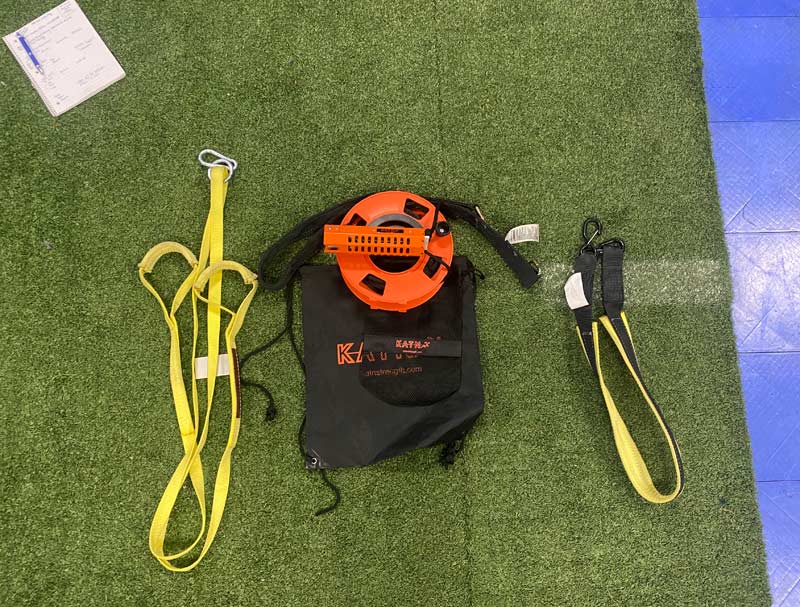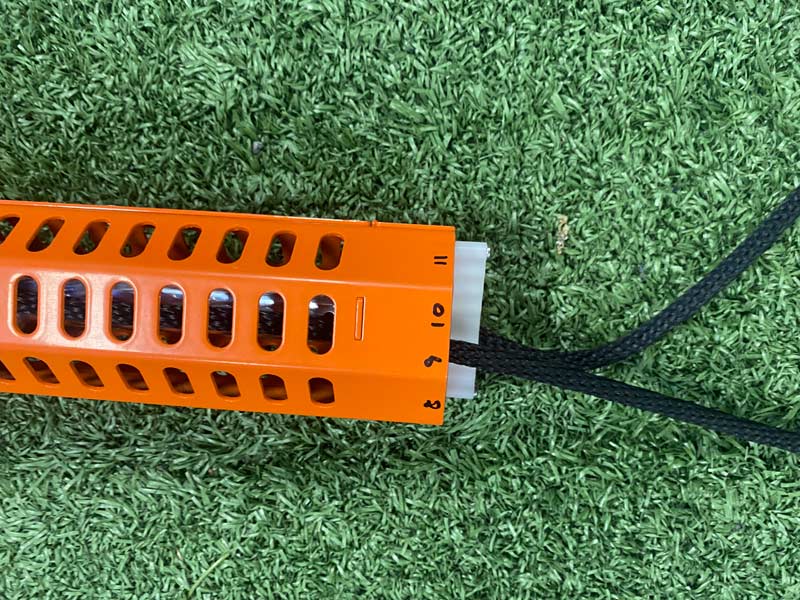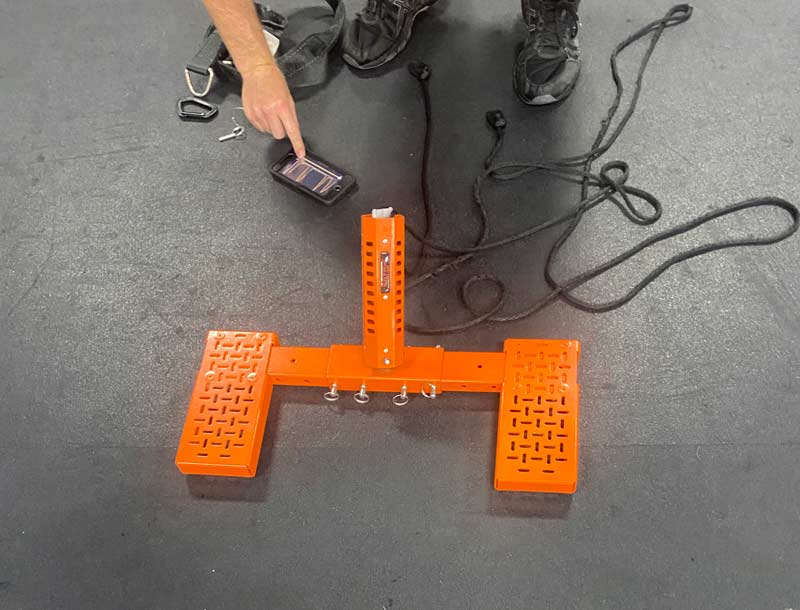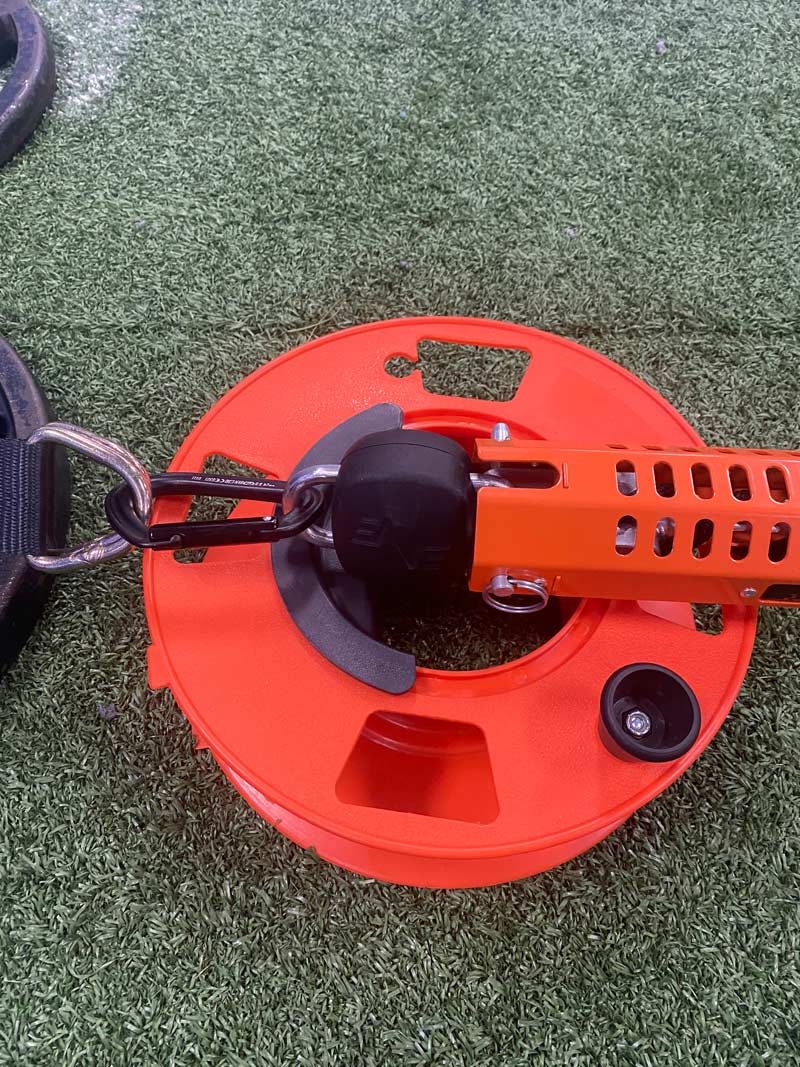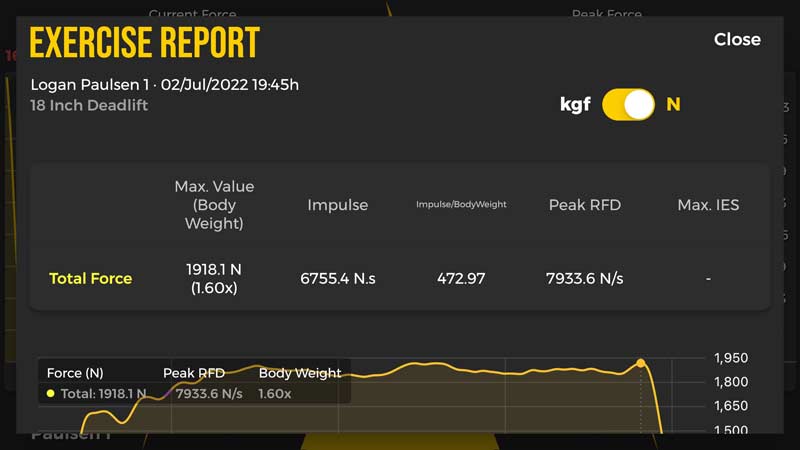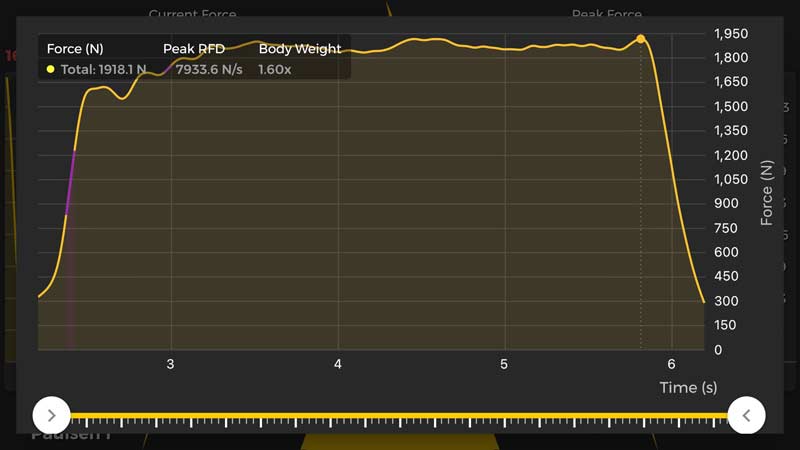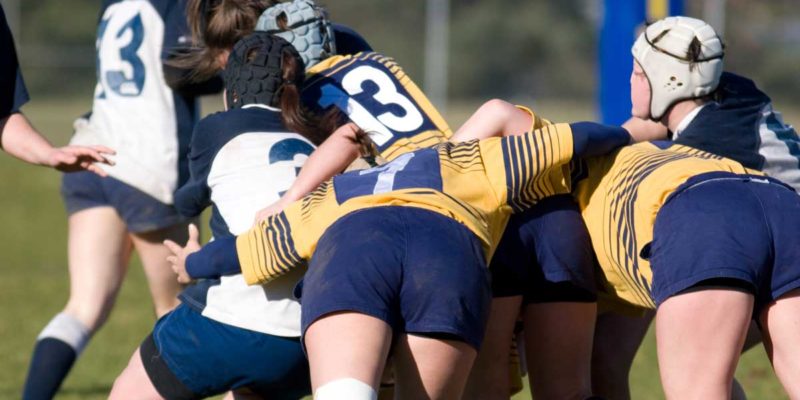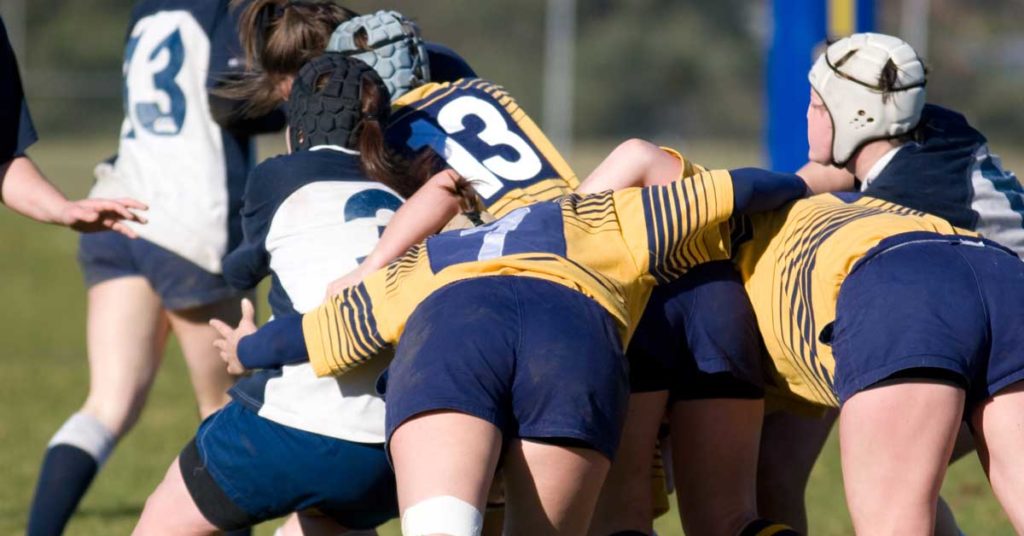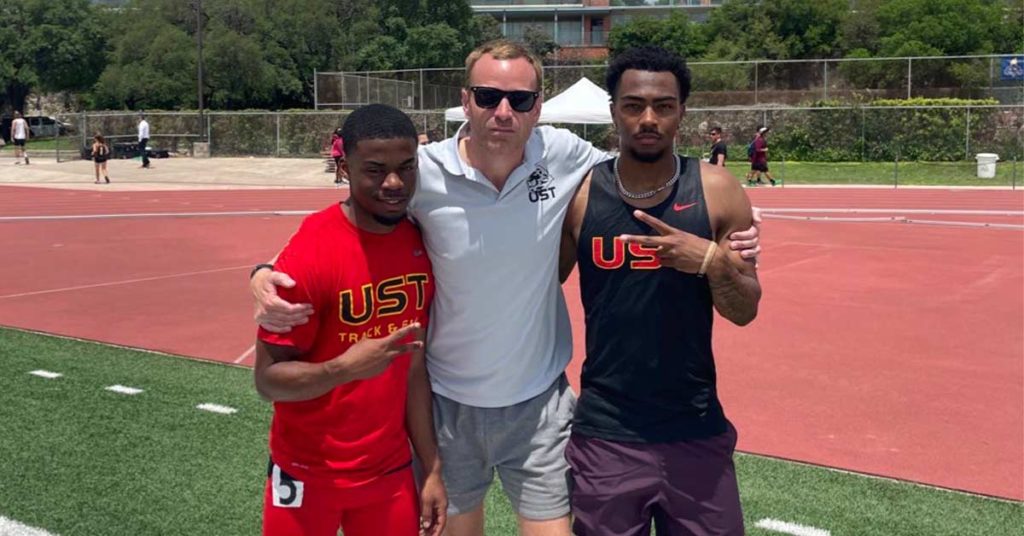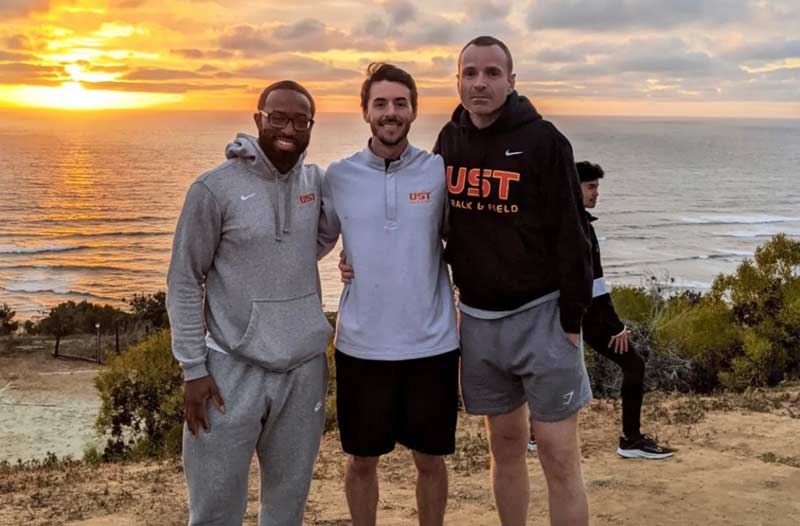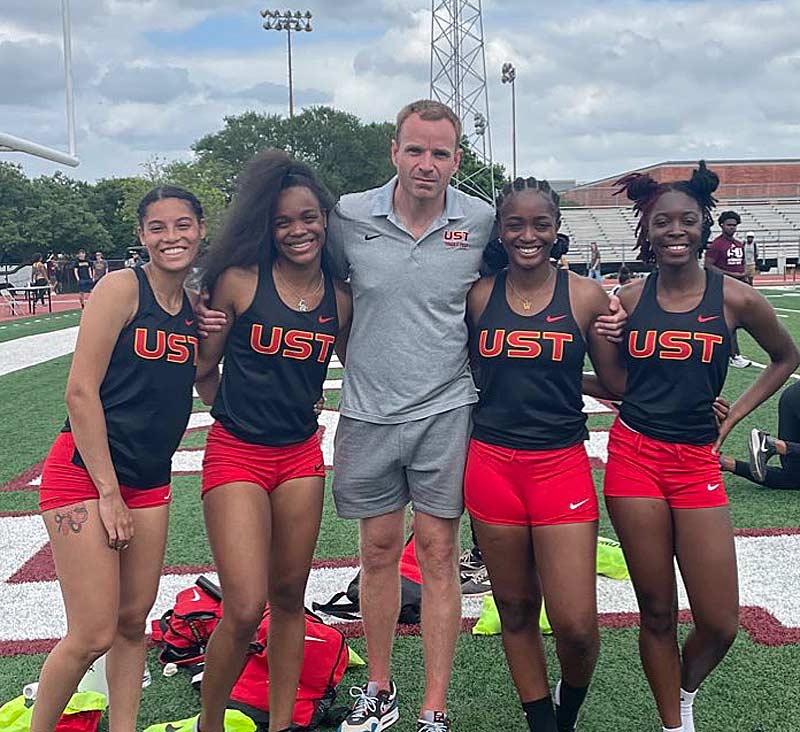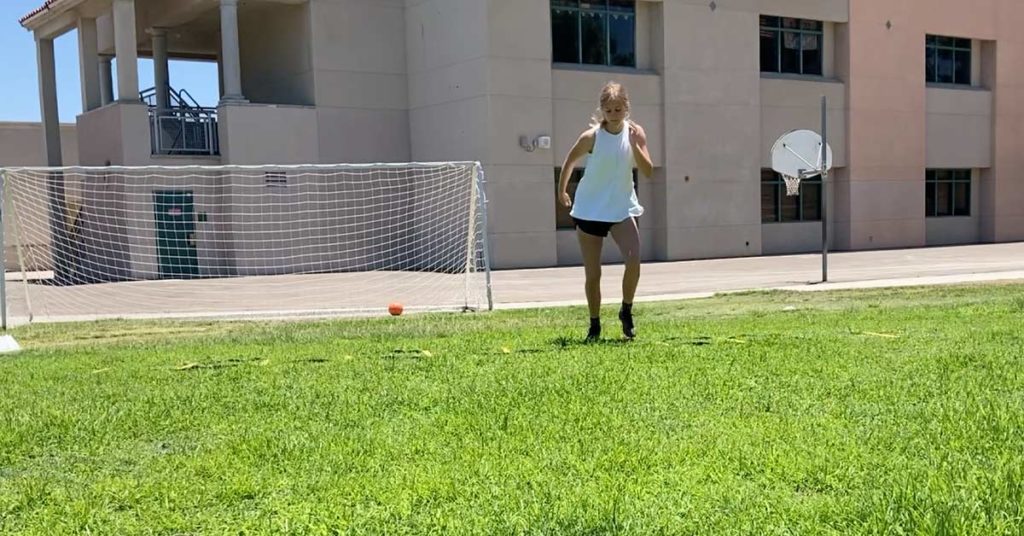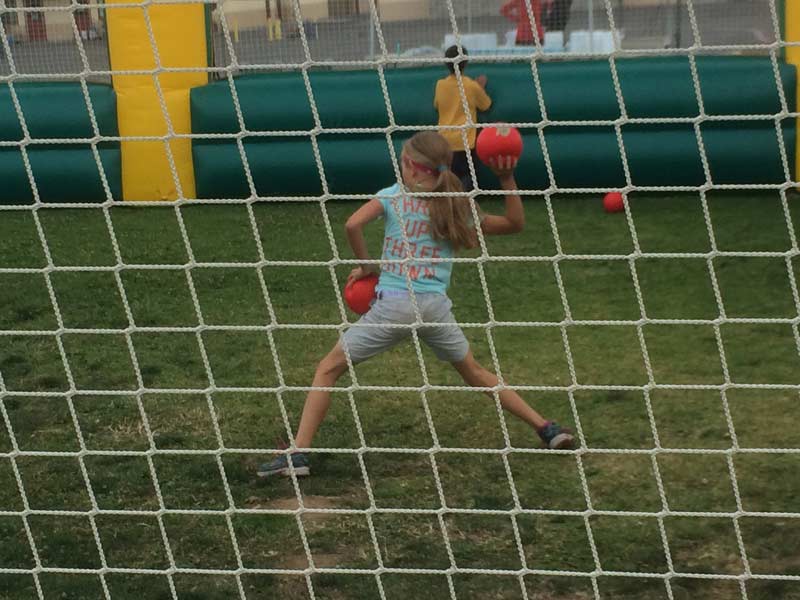
I recently attended the National High School Strength Coaches Association national conference in Nashville, Tennessee—the first in-person conference I’ve attended since the COVID-19 pandemic began in 2020.
During this three-day conference (coaches’ social included), I had the opportunity to hear and meet a phenomenal number of coaches from all ranks of performance enhancement—public school, private school, physical education teachers, and college and professional coaches. I’d had social media interactions with many of them but had never before met them in person.
One of the coaches I’ve had frequent interactions with via social media was the final presenter for the weekend: Cody Hughes, from Madison Academy in Alabama. Finally having the opportunity to speak with Cody in person during the coaches’ social, we touched on the topic of his presentation titled “Slow Down to Speed Up: Training Strategies for Robustness.” The underlying concept of Cody’s presentation, and our brief talk, was utilizing and extending time through movements (tempos) to improve the functionality, abilities, and durability of athletes by improving the physiological make-up of ligaments and tendons, which in turn will improve athlete health and availability for performance.
While all the scientific information he presented was great, the point he made that stuck with me the most was his last.
Paraphrasing Cody, if we as coaches are tasked with developing and coordinating plans that enable athletes to perform better, perform longer, and have the skills and information to live healthier lives, we too as coaches have to take care of ourselves: physically, mentally, emotionally, and spiritually.
Prior to the week of the conference, I made a knee-jerk decision to remove all social media platforms (excluding YouTube) from my cellphone.
This article is about why I did it, and why you should consider it too.
“Comparison Is the Thief of Joy” – Theodore Roosevelt
As a young Black sports performance coach and small business owner, much of what I do via my social media presence is showing:
- What I do with athletes and clients.
- Why we do it.
- How it’s beneficial to performance (i.e., context).
I touched on this in a podcast I am grateful to have been a guest on, sharing my experience as a Black person in the fitness/strength and conditioning field. People have preconceived notions about what I do—cones and ladder “quick feet” drills, burpees, moderate-intensity long-duration cardio, etc.—in the name of sports performance.
With the opportunities I’ve had as an athlete and young coach, combined with the people I’ve been able to network with over the years, I’ve discovered that it is quite the task to get the average person to understand what actual strength and conditioning for sports performance is. More times than not, I’ve found myself in arguments and “debates” with those who don’t understand those concepts or contextual parameters.
Even worse, I’ve caught myself scrolling through social media comparing my business—and training strategies—to other coaches and trainers who have more followers, more athletes/clients, better equipment, etc.
-
“Why do they have so many athletes, and that’s all they do?”
“Where did they get the money for this space/equipment?”
“I would never do that with an athlete.”
“When would [insert drill] be useful for [insert sport]?”
“How do I reach [gym/trainers] athletes to get them in my facility?”
“That’s not how this works.”
These are some of the thoughts and questions that regularly flooded my mind when I scrolled through Instagram, Facebook, and other social media outlets that physical preparation professionals occupied.
I made a conscious effort to avoid using my cellphone before getting to work in order to avoid creating any premature anxiety before accomplishing my morning routines and responsibilities. Share on XI made a conscious effort to avoid using my cellphone—the outlet through which I consumed all social media—before getting to work in order to avoid creating any premature anxiety before accomplishing my morning routines and responsibilities. However, after my day’s work officially began, it was essentially a matter of just finding time between clients to get a fix. Any new engagements, new client leads, likes on an old tweet—anything.
That only did two things, neither of them positive nor productive:
- It removed me from my current reality of what was already in front of me.
- It created anxiety and drive to control something totally outside my power.
“Be Where Your Feet Are” – Scott O’Neil
As a business owner, it is my ultimate goal to help every individual I can. That being said, a realization I came to relatively early into my career was “you can’t save everyone.” In the area I work, there are currently nine elementary schools, four middle schools, and four high schools (one in the same city but a different county).
In and around my geographical radius, there are enough youth athletes (and adults) I can be of assistance to that I don’t need to become a “poacher” coach. I don’t need to look for ways to “compete” with or attempt to acquire (steal) the interests of other individuals or recruit teams to leave their current training situation to join mine.
Some athletes choose to come into my facility regularly and trust me to deliver strategies to improve their performance…and, in some cases, their lives. If I had continued to try to keep up with the Joneses or searched for ways to increase gym engagement, I could possibly have left these athletes feeling neglected, less valuable, or not worthy of my full attention.
If I had continued to try to keep up with the Joneses or searched for ways to increase gym engagement, I could’ve left the athletes in my gym feeling neglected or less valuable, says @KoachGreen_. Share on XI have a senior client who possesses a wealth of knowledge and served in the United States Navy for several years. He has mentioned a shipmate who often said, “the best ship I’ve ever been on is the one I just left and the one I’m going to next.” This implies that their current circumstances are unsatisfactory, and the one they travel to next will likely be better—a “grass is greener on the other side” outlook.
This is an ugly lie we all face regularly.
Should we be complacent with where we are and what we have? Probably not.
Should we be content with where we are and what we have? Emphatically yes.
If you’ve read other articles I’ve written, then you know I’m a definitions guy:
-
Complacence: “The quality or state of being self-satisfied.”
Synonyms: conceit, ego, pride, self-importance, etc.
Content: “Having desires limited to whatever one has.”
Synonyms: happy, pleased, joyful, etc.
Having the mental and emotional ability to be fully satisfied where we currently reside, making it the absolute best we possibly can while simultaneously being willing, able, and ready to move forward (or backward) when possible—or necessary—is a skill and tool we should all develop.
The book Make the Big Time Where You Are by Frosty Westering rings true.
Control What You Can Control
In the same vein, it is a fool’s errand to try to compete with another coach or trainer who, at the end of the day, is essentially in business to do the same thing as I am business-wise—regardless of how misleading I believe their approach is to the overarching idea of sports performance.
The individuals and teams I work with choose my services for a reason, and the same can be said for those who choose other options. That’s a challenging part of the business. The customer (client) decides whose products and services they will invest in for a plethora of reasons: convenience, location, the information provided (or not), perception of need, reputation, familiarity, etc. There is a very limited amount of control I can wield over any of those variables. But for those things I can control, I must do so with passion, creativity, and transparency.
Twitter Fingers
As mentioned in the introduction, before June 2022 (since the onset of the COVID-19 pandemic), nearly all of the networking, “talking shop,” and professional development I’d done had taken place virtually via social media—primarily on Twitter.
Since May 2020, my Twitter account has had a decent increase in engagement (negative and positive), and my following has grown accordingly.
Having some form of influence on the internet—being able to express my ideas, philosophies, systems, circumstances, and general personality—has an addicting effect, especially when it’s among your peers. And I fell victim to it.
Having some form of influence on the internet has an addicting effect, especially when it’s among your peers. And I fell victim to it, says @KoachGreen_. Share on XAlong with the potential for virtual addiction, the easiest thing to do on social media is to create or engage in a frivolous, out-of-context argument or debate with people you’ve never met (and probably never will).
Again, I’m guilty.
While I can honestly say I never began with ill intent, it is hard to ignore the thrill of engaging in online banter with someone for the sole purpose of “proving your point.” From Olympic lifts for athletes to off-season track & field practice for non-track athletes, I ran the gambit in the span of probably 18 months with multiple people of varying degrees of expertise.
These arguments did absolutely nothing in terms of self-improvement and didn’t help further the profession as a whole or my place within it.
What it did do, however, was enhance the desire to proclaim my values and opinions publicly and die on a proverbial hill despite the perception I may have given of who I am as a person and a coach.
While Twitter can be used as an extremely valuable professional resource, taking a step back and focusing on where my feet are—giving my full attention to those directly in front of me—has been one of the best decisions of my professional career thus far.
While Twitter can be an extremely valuable professional resource, stepping back and focusing on those directly in front of me has been one of the best decisions of my professional career thus far. Share on XI had to take stock even in my personal life. I have a wife and a dog, and I realized in hindsight that I’d neglected both on many occasions. Ironically, I was introduced to both of them via social media.
I’m a relatively introverted person but had seen my (now) wife on almost a regular basis and would wave, smile, and give a quick “what’s up.” From those brief conversations during my first semester in college, she took the initiative and sent me a message on Facebook. That simple online conversation blossomed into a great friendship and, eventually, our present-day marriage.
After being engaged for a while, my wife and I started talking about getting a dog. Growing up, I never had a pet other than the occasional fish that would inevitably depart this life prematurely, but I always wanted a dog. Although Craigslist isn’t social media per se, it still has all the attributes of what social media has become. After several days of searching I found a new litter of “American Bully” puppies that turned out to be an “accident” after the seven-year-old son of the owners of an American Bully male and APBT female let them out together by accident.
And now we have a little family, all thanks to the internet.
Having just turned 30 this spring, I came to another recent revelation: I was born and raised in a time when the internet was barely a thing (let alone social media), but I’ve also been old enough to watch social media be born and raised.
Social media has been, for more years than not, a part of my life—for better and for worse.
And I honestly think that’s a problem.
The internet—and social media in particular—has manipulated the human experience through devices that haven’t even been in mass circulation for a full generation (30 years).
The use of the internet and social media may be a significant factor in the progression of the profession and distribution of information, but we can’t neglect our physical or mental selves. Share on XAs time goes on, it’s becoming more evident that the use of the internet and social media will be a significant factor in the progression of the profession and the distribution of information. But, as Cody Hughes mentioned in his presentation, we cannot neglect our physical or mental selves at the expense of another like or retweet.
Before my exodus from social media, there was a trend of young (younger than me at least) strength and performance coaches aggressively and obnoxiously bombarding more experienced and tenured professionals with all the newest data points and findings. These were not even attempts to prove themselves right, but seemingly, to prove a veteran coach erroneous and obsolete—to begin accumulating belt notches and battle scars.
Not only does that behavior detract from actual professional development, but it also continues the stereotype about “type A” egotistical strength coaches and coaches.
Red Pill
The Matrix (the first one) is one of the greatest movies produced in my lifetime, and just like in that movie, we must be cognizant of how our perspective and worldview are being skewed due to the nature of social media.
The social interaction and engagement with like-minded individuals, and the opportunity to reach out and communicate with coaches with whom I could have never imagined I would have the chance to converse, is such a remarkable thing to be able to do.
But if the virtual engagement becomes greater than, or equal to, that of being in the present moment…is it even worth it?
I don’t think so, in the slightest.
And that’s why I left social media.
I’ll return as @KoachGreen_ eventually—it’s mildly difficult to run a business without it—but until then, I’ll be enjoying what the real world has to offer.
Since you’re here…
…we have a small favor to ask. More people are reading SimpliFaster than ever, and each week we bring you compelling content from coaches, sport scientists, and physiotherapists who are devoted to building better athletes. Please take a moment to share the articles on social media, engage the authors with questions and comments below, and link to articles when appropriate if you have a blog or participate on forums of related topics. — SF

